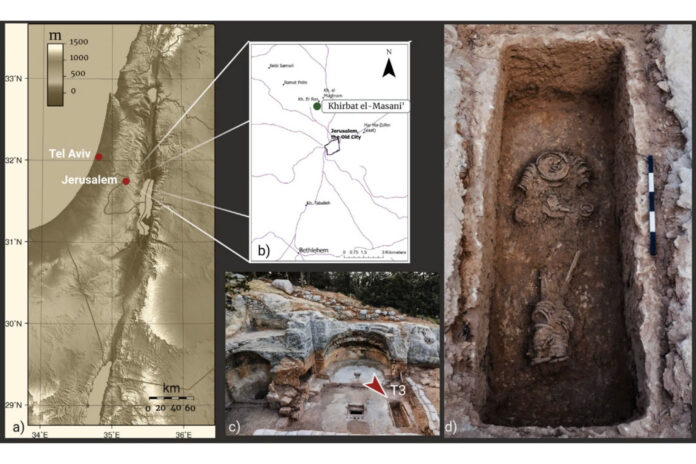In a remarkable archaeological breakthrough near Jerusalem, researchers have uncovered the remains of a woman buried in chains, upending traditional understanding of religious practices in the Byzantine era. This extraordinary find at Khirbat el-Masani monastery has forced historians to reconsider women’s roles in early Christian asceticism and provides compelling evidence of female participation in extreme devotional practices previously thought exclusive to men.
The Unexpected Discovery
When archaeologists first excavated the chained skeleton at the Byzantine monastery site, they naturally assumed they had found the remains of a male monk. Historical records extensively documented male ascetics using chains as symbols of spiritual devotion and bodily discipline, but mentioned little about women engaging in such extreme practices.
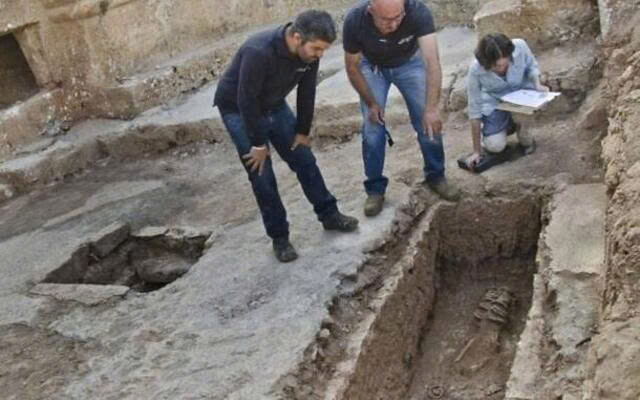
The revelation came through cutting-edge science. Due to the skeleton’s poor preservation condition, researchers turned to dental enamel proteomics—analyzing proteins in tooth enamel linked to sex chromosomes. The absence of Y-chromosome variants confirmed something extraordinary: this chained ascetic was biologically female, challenging centuries of historical assumptions.
Byzantine Asceticism and the Spiritual Significance of Chains
The Monastery at Khirbat el-Masani
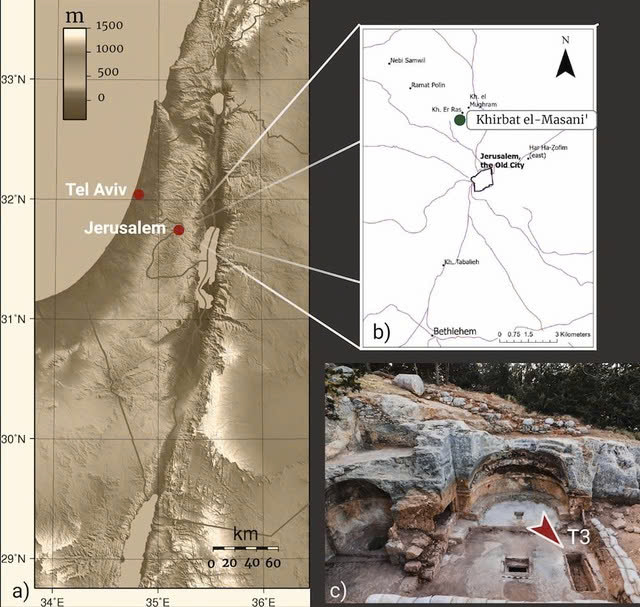
Located northwest of Jerusalem along a major Christian pilgrimage route, Khirbat el-Masani flourished as a monastery between the 4th and 7th centuries CE. This strategic location made it both a center of religious devotion and a sanctuary for travelers journeying to the holy city. The monastery represented the heart of Byzantine spiritual practice in the region.
The Purpose of Physical Restraint
In early Christianity, ascetic practices weren’t forms of punishment but deliberate spiritual disciplines. The chains discovered with the woman’s remains served as physical manifestations of her commitment to detach from worldly concerns and material pleasures.
These metal restraints limited mobility, symbolizing the wearer’s intentional sacrifice of bodily freedom to achieve spiritual liberation. By restricting physical movement, ascetics created space for spiritual growth and contemplation, believing such extreme self-denial brought them closer to God and purified their souls.
Rewriting Women’s Religious History
Breaking Historical Assumptions
This groundbreaking find challenges the conventional narrative that extreme asceticism—particularly involving chains—was exclusively practiced by men. Historical texts and artistic representations have predominantly featured male ascetics engaging in such dramatic forms of devotion, while women’s spiritual expressions were portrayed as comparatively moderate.
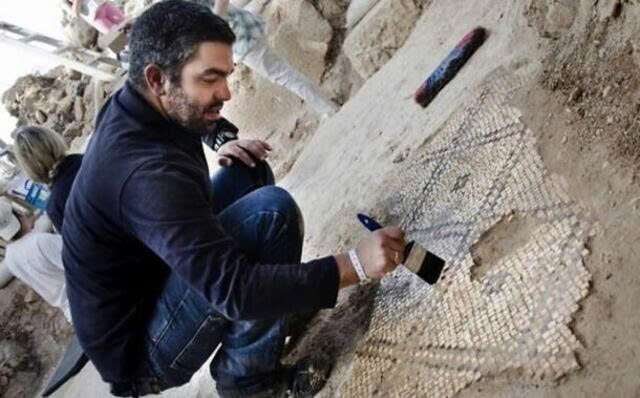
The discovery provides concrete evidence that some women embraced equally extreme paths to holiness, suggesting their stories may have been systematically overlooked or deliberately excluded from historical records.
A Personal Connection Amid Spiritual Discipline
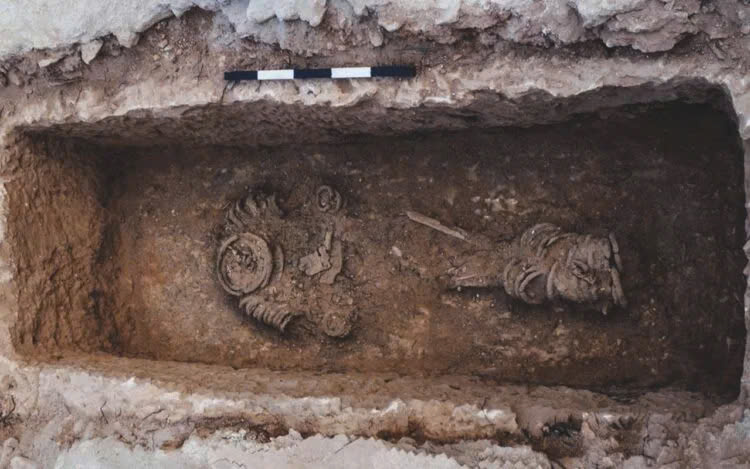
Adding poignancy to the discovery is an inscription found on the woman’s grave marker reading “The sweetest child in the world,” accompanied by an image depicting a child hunting rabbits. This touching detail reveals that even those who chose paths of extreme religious devotion maintained human connections and identities beyond their ascetic practices.
Scientific Innovation Reveals Hidden Truth
The application of dental enamel proteomics represents a significant advancement in archaeological methodology. When traditional anthropological techniques proved insufficient due to the skeleton’s condition, this innovative protein analysis provided definitive biological evidence of the ascetic’s sex.

This scientific breakthrough not only solved the mystery of this particular burial but opens new possibilities for reexamining other ancient remains where gender assumptions may have gone unchallenged.
Video
The Broader Impact on Religious Studies
The discovery of a female ascetic in chains fundamentally transforms our understanding of women’s religious experiences in Byzantine Christianity. Historians must now reconsider the extent of women’s participation in extreme ascetic practices and their overall influence in early Christian monastic communities.
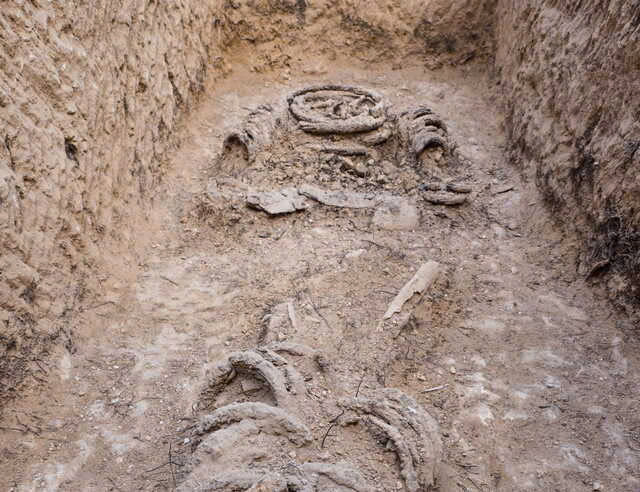
This archaeological revelation invites scholars to revisit ancient texts with fresh perspective, questioning previous interpretations and searching for evidence of female ascetics that may have been misidentified or overlooked.
Conclusion: A New Chapter in Religious History
The woman in chains from Khirbat el-Masani represents more than an archaeological curiosity—she embodies a profound challenge to historical assumptions about gender roles in religious devotion. Her remains testify to women’s capacity and determination to pursue extreme spiritual paths despite societal constraints.
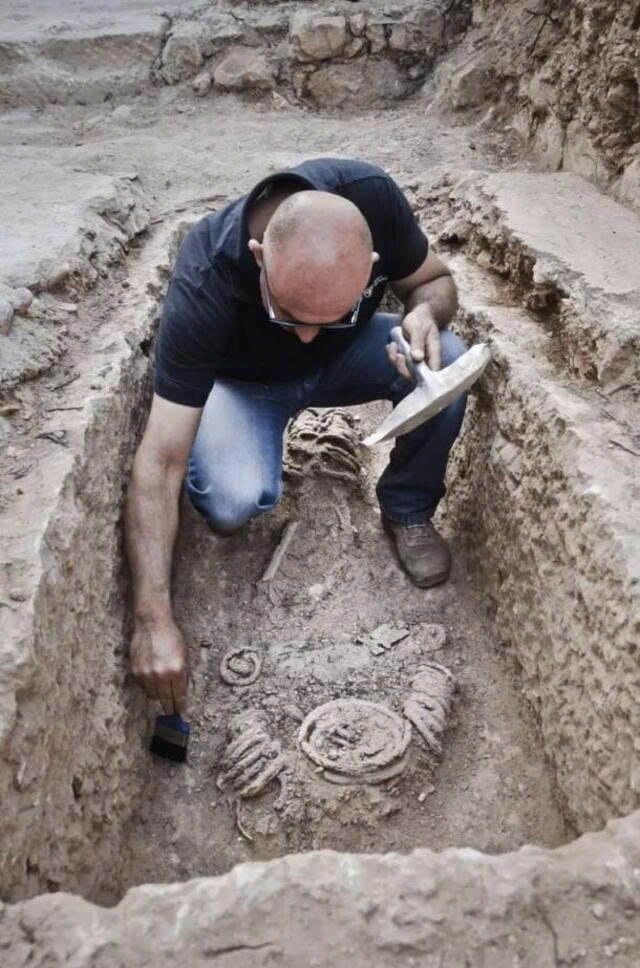
As researchers continue analyzing this remarkable discovery, we can expect further revelations that may fundamentally alter our understanding of women’s religious experiences in the ancient world. The chains that once bound this woman’s body now serve to liberate our historical understanding, breaking the bonds of assumptions that have constrained our view of women’s spiritual lives for centuries.
